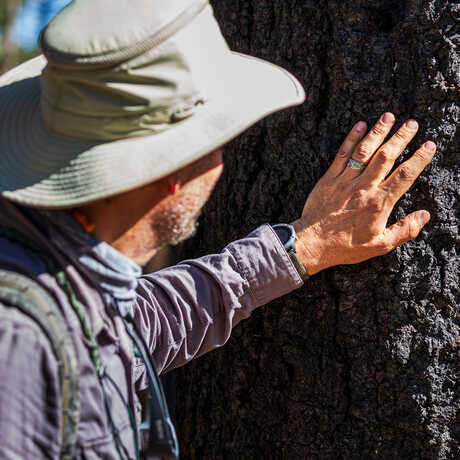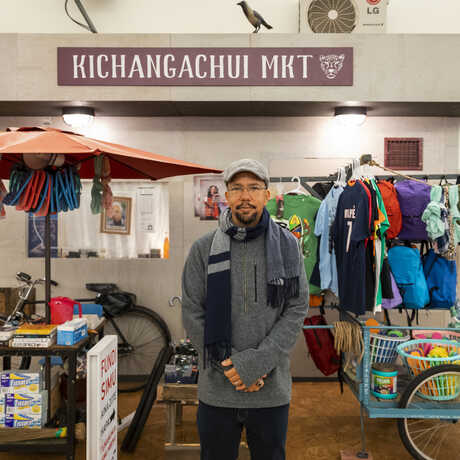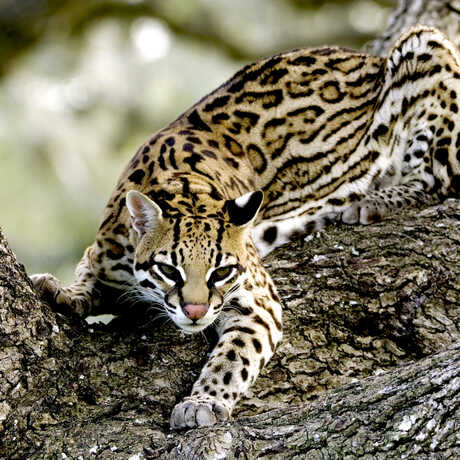California’s Bold Biodiversity Strategy

From tech innovation to climate change policy, California often leads the way for our country and the world. The situation is no different when it comes to protecting our state’s unique yet varied landscapes—its biodiversity. In 2020, California was the first subnational government to adopt 30x30 goals to conserve 30% of the state’s land and coastal waters for biodiversity, climate, and access by 2030. (Update: Gov. Gavin Newsom signed a bill Oct. 7 to codify the state's 30x30 goals into law.)
Guiding the state to meet this important goal is Dr. Jennifer Norris, deputy secretary for biodiversity and habitat at the California Natural Resources Agency. We’ve had the fortunate opportunity to work with Norris to support 30x30 through the Academy’s Thriving California initiative, including such activities as holding leadership positions in the California Biodiversity Network, organizing bioblitzes, and mobilizing community science data to inform conservation decisions across the state.
To celebrate California Biodiversity Day this month, we spoke with Norris about what led her to this role, whether the state will meet its 30x30 goals, and how the average Californian can be a part of this effort. Here are some highlights from our conversation.

Dr. Jennifer Norris, California Natural Resources Agency
It’s rooted in the book Half Earth, by E.O. Wilson, the father of the biodiversity movement, who made a call to protect half the Earth by 2050. That led to a global campaign by a group called the Campaign for Nature, which aimed to get countries to commit to 30x30 as an interim step.
Before I started in this role, legislation was introduced to make 30x30 a statewide goal. It didn’t pass because there was uncertainty about what 30x30 really meant, but momentum was still building behind the idea. Ultimately, Gov. Gavin Newsom committed to 30x30 through an executive order in October 2020, with clear direction that we were to build a strategy that was inclusive of Tribal partners and focused on equity.

We started at 23.8% and now we’re at 24.4%. We have about 104 million acres in California, so for every percent we need about a million acres. We added 630,000 acres in our first year, which was pretty exciting. We have about five and a half million acres to go. We are at 16% protection of coastal waters. We need about 500,000 acres of coastal waters to reach our goal.
Our strategy lays out 10 key pathways to 30x30. Four are focused on protecting more acres, whether it’s through new state parks or working with land trusts or private landowners on voluntary conservation easements. Another key strategy is working with federal partners to enhance conservation on federal lands, through things like designating more wilderness areas or new national monuments.
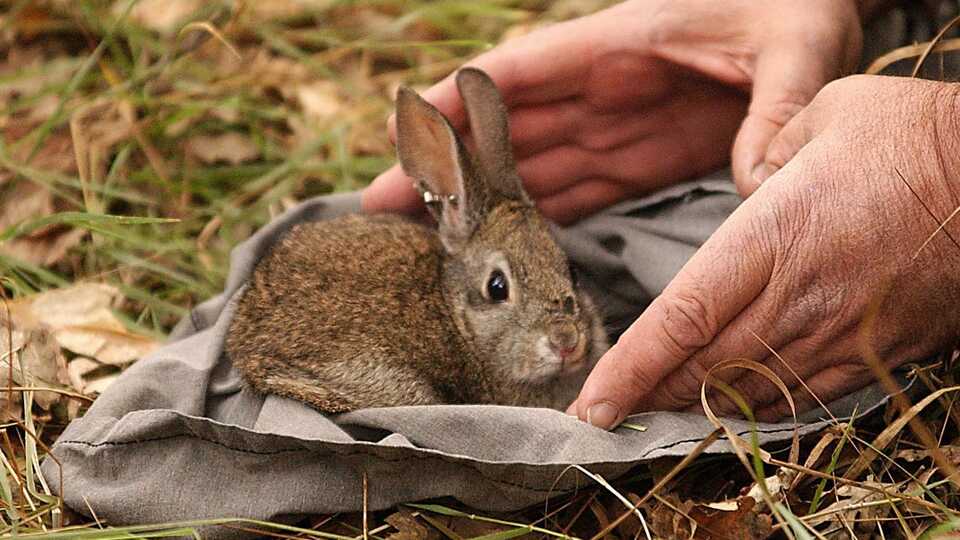
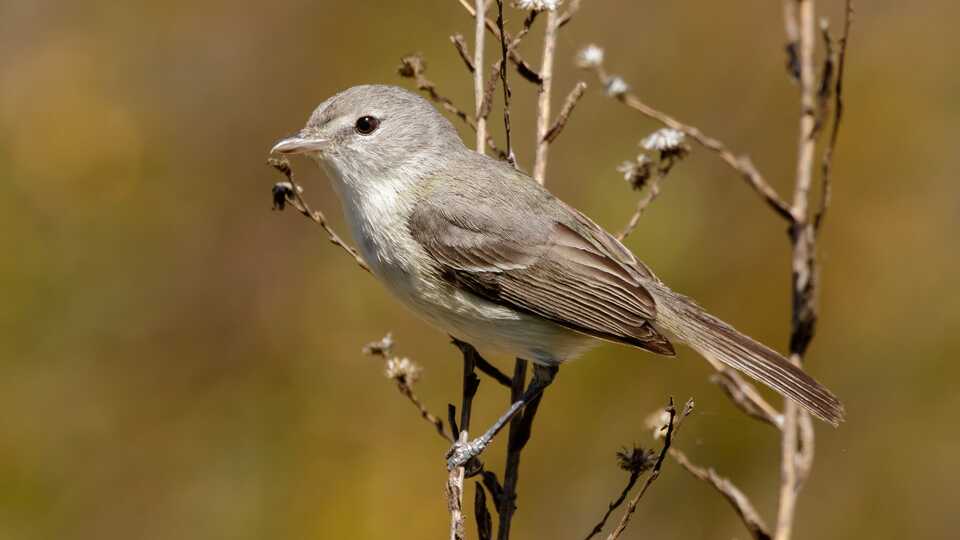

Protecting land and water helps us in the fight against climate change. Natural lands sequester carbon and help us with resilience.
Biodiversity and climate change are two sides of the same coin. We are not just heating the planet; we’re losing biodiversity. As we lose biodiversity, we reduce our ability to address the effects of climate change. It’s a vicious negative cycle. The harder we can push on conservation, the better poised we are going to withstand the effects of climate change.

I think we’re going to make it. There’s a lot of momentum and enthusiasm. Californians know how important protected places are. Our biggest obstacle is visibility and getting people engaged. People don’t know about this 30x30 movement and that they can be part of it and support it. When people do hear about it, they love it and want to help us achieve it.
You can improve your own habitat that you have control of. You can plant native plants in your yard. It makes a huge difference. Birds and bees and moths can really use these small patches of habitat. They help make places more hospitable to wildlife, and that helps the overall health of our ecosystems.
Another simple way to get involved is to recognize how important nature is to you and talk to your friends and family and encourage them to engage with their elected officials and let them know that conservation and biodiversity protection are not just “nice to have” but essential to us all. If we don’t protect nature, it’s not going to be here for us.
A museum is a place where people are receptive to understanding science. You play such a valuable role making connections in people’s minds between how all the different parts of a biodiverse system work together to give us oxygen and create water. A museum can tell that story and then link it to the best way to make sure we have a functioning planet, like the Academy does in its Giants of Land and Sea exhibition and its living roof.
Outside the museum walls, the Academy’s efforts organizing bioblitzes like the one we just held in Sacramento are also a fun, engaging way to help kids and adults pause and see the nature around them, while also helping to monitor biodiversity changes over time, which can inform conservation decisions.

I fell in love with nature when I was 11 years old. I went to an environmental education camp in upstate New York in 1980. The whole week was about the environment and learning how ecosystems work.
One night the counselors left us alone in the woods. They took us for a walk at midnight in a single file line. The line stopped and the person at the back had to sit down, and then the line would move on. So I was 11 years old, sitting there in the dark, alone. The other members of my group were probably only 20 feet away, but everybody was so silent, it was really powerful. It stirred something deep in me. It changed my life.

